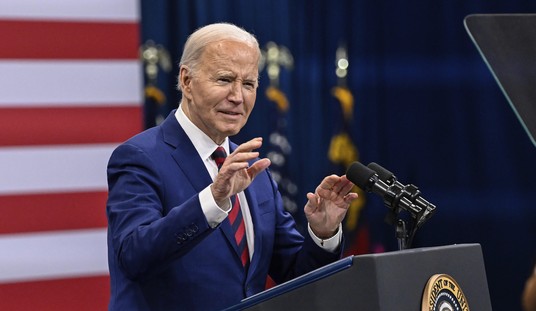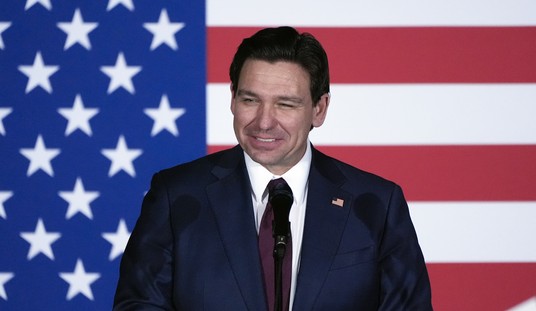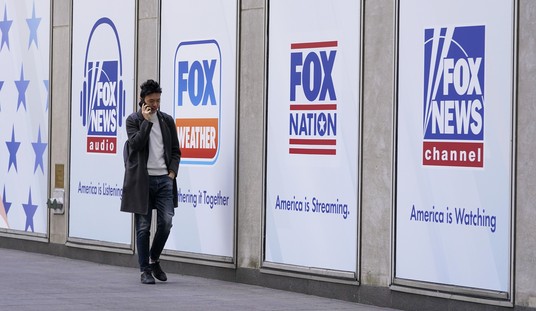Every so often, an article crosses your desk that makes you feel like you’ve been hit between the eyes with a sledgehammer. Even if you have a solid understanding of the topic, and you notice that the facts at hand match your previous suspicions, somehow you still have to keep a grip on yourself because it is so staggering. That is what happened to me while reading Michael Tanner’s recent report for the Cato Institute on the American welfare system.
Tanner is a recognized expert on our welfare system, having written two books on the subject during the 1990’s, when people were actually making an effort to restructure the welfare state. In fact, his work helped form the philosophical basis for the landmark welfare reform enacted in 1996. Since then, Tanner has been studying other areas of public policy, but he recently returned to look at the current welfare structure. Tanner told me that even he was shocked at what he found.
To be fair, Mr. Tanner admits that some of the recent increases in welfare expenditures are due to the recession. But he also observes that the escalation in welfare spending has been far greater during the current recession than the previous ones. Furthermore, people have hung on to their welfare participation for a much longer period of time. That being said, our Treasury Secretary, Timothy Geithner, was recently on Meet the Press and blamed the cause of the deficit on guess who -- the Bush Administration. Not according to Tanner’s study.
There are currently 126 separate federal anti-poverty (welfare) programs. That stupefying figure includes 33 separate housing programs run by four cabinet departments, 21 programs providing food or food assistance in three cabinet departments and one federal agency, eight health care programs in five different agencies within Health and Human Services, and, to top it off, 27 cash or general assistance programs spread throughout seven cabinet departments and six agencies. Tanner concluded that for at least the past 10 years, we’ve had more than 100 federal anti-poverty programs!
Recommended
If you’re not already confused, let me fix that: the players change so often that ultimately you need a scorecard. In 2011, four obscure programs – Vista, Even Start, the Senior Companion Program (which used to be called grandchildren), and the Foster Grandparent Program – were eliminated. But of course, new ones were created. We now have the Capacity Building for Sustainable Communities Fund, the Emergency Homeowners Loan Program, and the Choice Neighborhood Planning Grants. (I probably qualify for this one because I’ve got some pretty choice neighbors.)
How much are we spending on all this? Well, pull up your socks. Tanner calculates that the federal government lays out $44,544 for a “poor” family of three, and that state and local governments throw in another $20,610 (some of which, I assume, comes from federal block grants). This means that a family of three can, in theory, get $67,154 from the government in housing, health care, food, and cash assistance. So here’s the big question: why bother working?
Then there’s the other big question: with all these handouts, why hasn’t poverty been eliminated? A family of three is considered below the poverty line when their income is less than $18,530, so how can anyone still be living in poverty in America when we’re paying out benefits equivalent to almost four times that amount? Certainly, a lot of the money goes to overhead. With 33 federal housing programs – not to mention the ones at the state and local level – there’s an army of middle-class government employees getting their pockets lined. Unfortunately, because of the complexity of the budget process (or lack of budget since the Senate has not passed one in three years), Tanner can’t quite nail down that overhead figure. But he does comment in his report on the people who profit from these programs, writing: “Anti-poverty programs are usually more concerned with protecting the prerogatives of the bureaucracy than with actually fighting poverty.”
What are we getting for our $668 billion a year? It’s certainly not a reduction in poverty. Combine the federal largesse with the $284 billion spent by state and local governments and we are handing out almost $1 trillion a year. Since the beginning of the Great Society in 1965, we’ve increased our combined anti-poverty spending threefold as a percentage of GDP, yet the overall poverty rate has stayed constant with only a modest dip during the mid-1990’s as a result of the welfare reform bill.
Because of the bizarre maze of federal and state programs, it’s nearly impossible to analyze due to the diffusion of the efforts through the multitude of programs. When Mitt Romney talks about reorganizing government, he should emphasize this chaotic situation as an example of how to streamline government and save billions. Massive elimination and consolidation of these programs would not only conserve precious tax dollars, but better serve the recipients of these programs. The tangled mass of programs – along with the lack of co-coordinated oversight – leads only to confusion and fraud, neither of which helps anyone (except the criminals.)
This report demonstrates (yet again) the inefficient disaster of our federal government. Mr. Tanner should be hired to advise the Romney campaign, because we all know that Mr. Obama will never effectively spearhead any change to this morass.
And change we need or we will drown.

























Join the conversation as a VIP Member